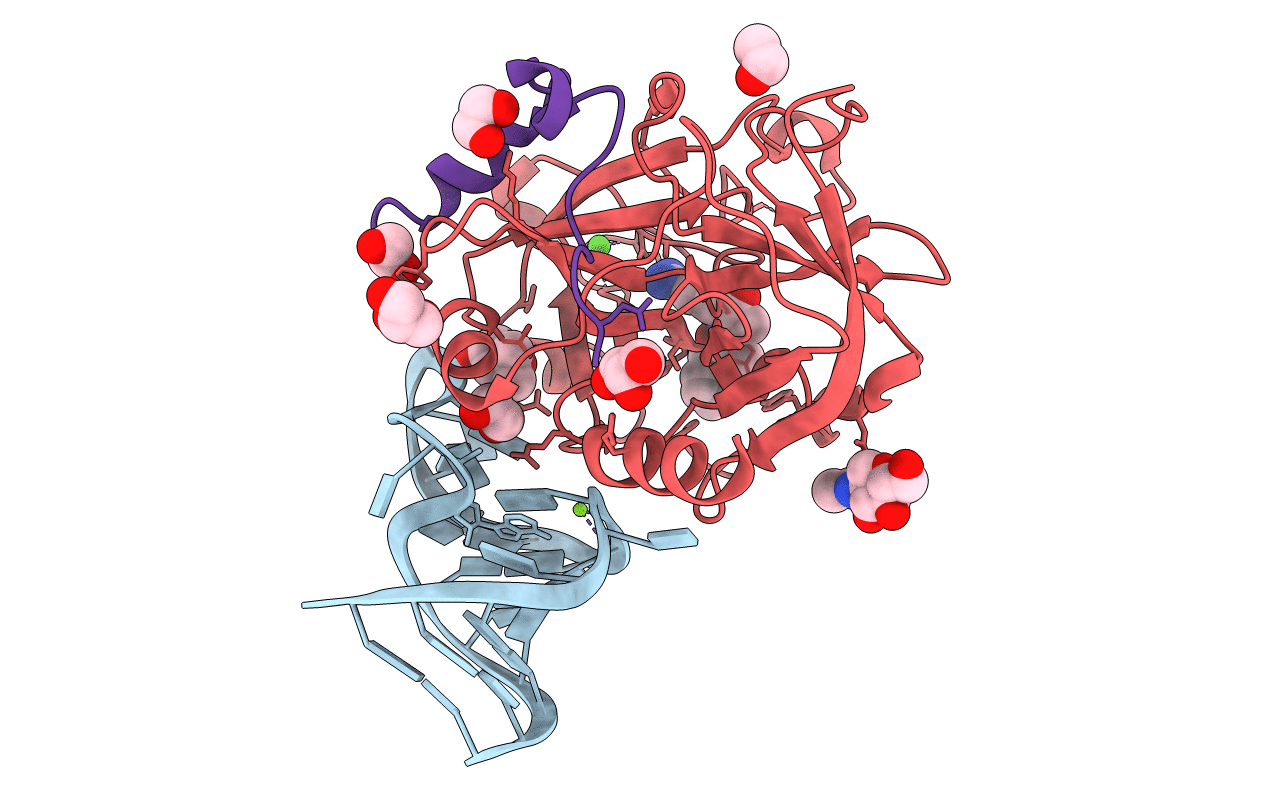
Deposition Date
2015-09-10
Release Date
2016-09-14
Last Version Date
2024-10-30
Entry Detail
Biological Source:
Source Organism:
unidentified (Taxon ID: 32644)
Homo sapiens (Taxon ID: 9606)
Homo sapiens (Taxon ID: 9606)
Method Details:
Experimental Method:
Resolution:
1.86 Å
R-Value Free:
0.22
R-Value Work:
0.18
R-Value Observed:
0.19
Space Group:
P 21 21 2


